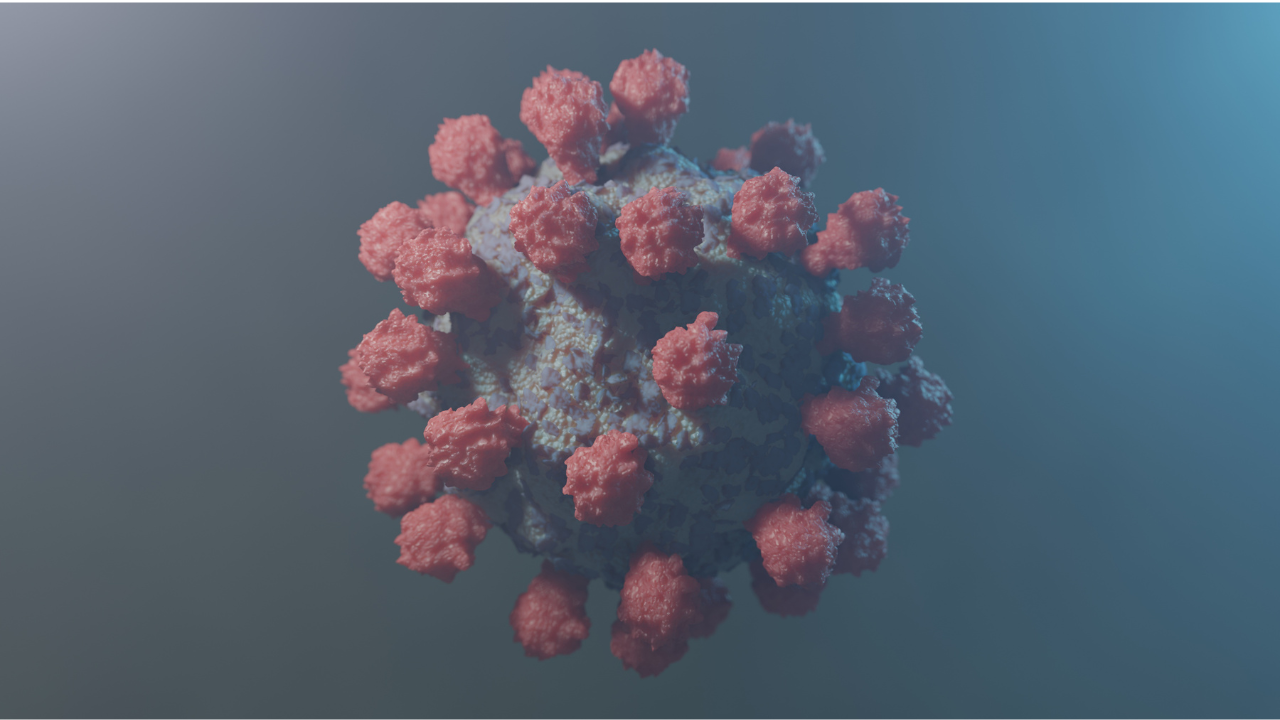
Community Health Workers Critical for Pandemic Preparedness and Health Systems Strengthening
November 10, 2022
By Stephanie Stan
COVID GAP
Peru’s weak, fragmented, centralized health system hindered an effective COVID-19 response, especially in remote areas lacking infrastructure and adequate health services. The challenges particularly affected indigenous communities, which had a 3.18 times higher COVID-19 infection rate than Peru’s general population. Two-thirds of Peru’s indigenous communities lack a health post, leaving them without ready access to diagnostic tests, personal protective equipment such as masks, vaccination centers, and information on COVID-19 vaccines.
In addition to inadequate infrastructure, interviews conducted in Summer 2022 through Duke’s Global Health Institute and the Duke Global Health Innovation Center identified cultural and geographic barriers to reaching Peru’s indigenous populations with pandemic countermeasures. For example, participants described traveling multiple days by boat to provide vaccinations to Amazonian communities and facing cultural and religious hesitancy toward vaccination. Some indigenous communities rejected COVID-19 vaccines based on religious beliefs and a preference for traditional healing practices.
Logistical, language, and cultural challenges to providing effective emergency care to remote areas have resulted in a move towards expanded community-centered care systems featuring enhanced integration of community health workers (CHWs). Peru’s Ministry of Health (MINSA), for example, trained more than 3,000 CHWs in 2021 to support the country’s community level pandemic response. Expanding the approach to address broader health issues, in October 2022 MINSA collaborated with the Pan American Health Organization and the USAID Bureau for Humanitarian Assistance to train CHWs in the Amazonian Ucayali region to prevent and manage non-communicable diseases—making it one of the first CHW training workshops in the region.
CHWs are community members trained to provide health services. By building trusted relationships and practicing door-to-door health care, they increase access to health services for hard-to-reach populations (e.g., remote communities, indigenous communities, migrants, displaced populations) and help link them to broader health systems. CHWs were essential to continuing access to care during COVID-19. For example, in Loreto, Peru, CHWs provided continued maternal and neonatal healthcare during the pandemic through home visits, preventing disruption of services in indigenous communities. Through relationship- and trust-building, CHWs help to address misinformation and mistrust felt by community members towards the health system. By monitoring the health of the community and looking out for anomalies, they can aid in in disease surveillance.
According to UNAIDS, CHWs “increase uptake of health services, reduce health inequalities, provide a high quality of services and improve overall health outcomes.” For example, health reforms in Ethiopia, which included integration of 42,000 CHWs into the public health system, have contributed to reduction in the country’s overall burden of disease by 39%. With their awareness of community norms and beliefs, CHWs are essential for providing culturally-relevant health care and overcoming cultural misunderstandings between populations and health systems. They are critical to increasing community vaccination levels and during the peak of the pandemic communicated information on COVID-19 prevention measures.
CHWs provide cost effective solutions to improving community health outcomes. In addition, they contribute to community wellness and productivity. The scale-up of CHWs creates additional jobs for community members, reducing unemployment, and improving nations’ economies. Compared to other health professionals, CHWs can be trained for less money and in less time, and provide a large economic return. For example, Africa has seen up to a 10:1 return on investment for CHWs.
Despite extensive evidence that CHWs improve community health outcomes, their meaningful integration into health systems faces a variety of policy challenges. Limited and short-term government support, often based on the misconception that CHWs are a temporary answer to health challenges rather than a sustainable part of system improvement, hinders CHW program expansion and constrains funding. As a result, opportunities are limited and existing CHWs are often under paid. In other challenges, policy and regulatory gaps reduce CHWs’ impact by limiting training opportunities, supervisory support, and integration into care teams. More broadly, political instability, such as in Peru where there have recently been frequent changes in Presidents and Ministers of Health, makes it difficult to generate sustained support for CHW programs.
The COVID-19 pandemic has created an important window of opportunity for health systems reform, including for promoting and expanding sustainable CHW integration through policy change. For this to occur, increased collaboration is needed among advocacy groups, government officials, community members, existing CHWs, and medical professionals to overcome policy barriers to CHW scale-up, both in Peru and other settings with limited health services.
Peru had the highest per capita COVID-19 mortality rate in the world. Many COVID-19 deaths may have been averted had CHWs been a more integral part of Peru’s pandemic response. Both to bolster access to essential health services and provide resources for health emergencies, CHWs need to be better integrated into Peru’s health financing models and health systems.
